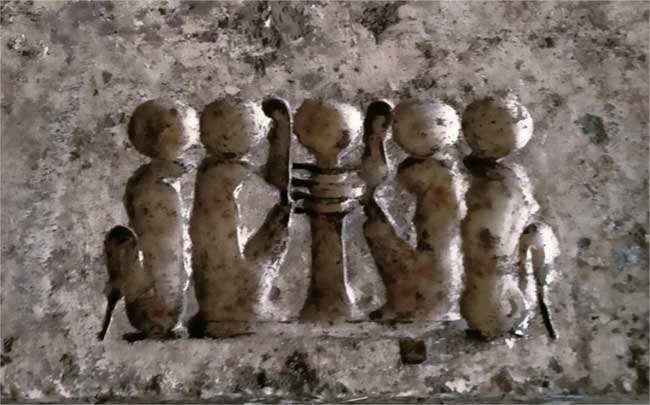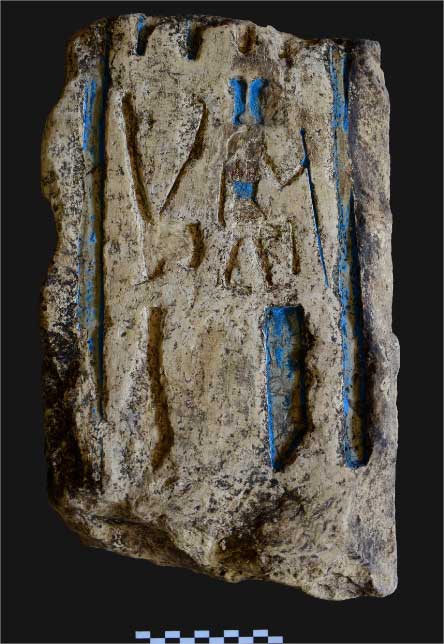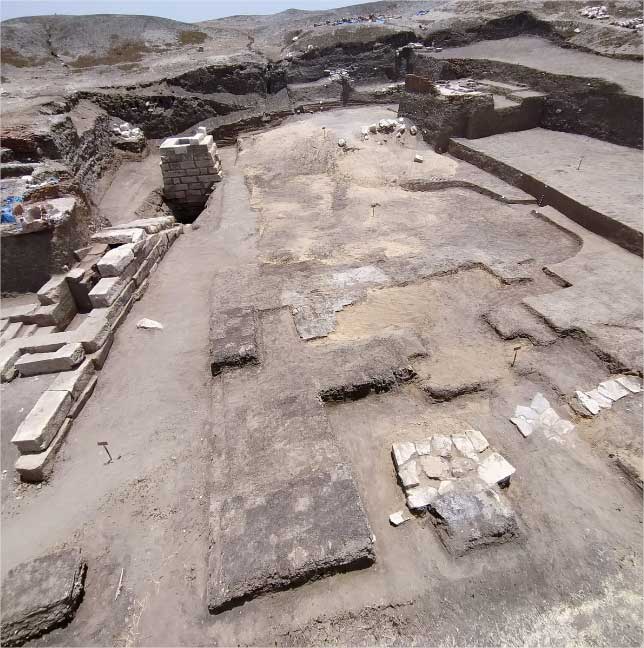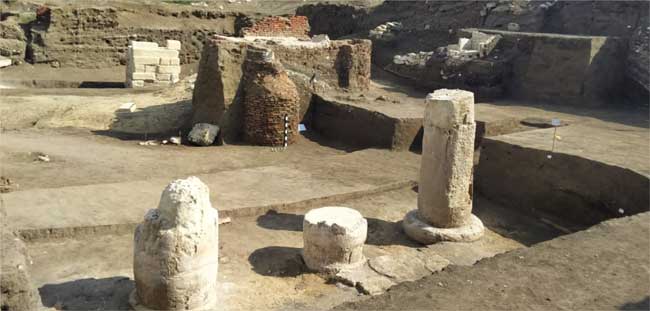Remains of the colonnades hall of Butu Temple were uncovered during excavations carried out by an Egyptian archaeological mission at Tel Al-Farayeen, Kafr El-Sheikh in the northern Nile Delta.
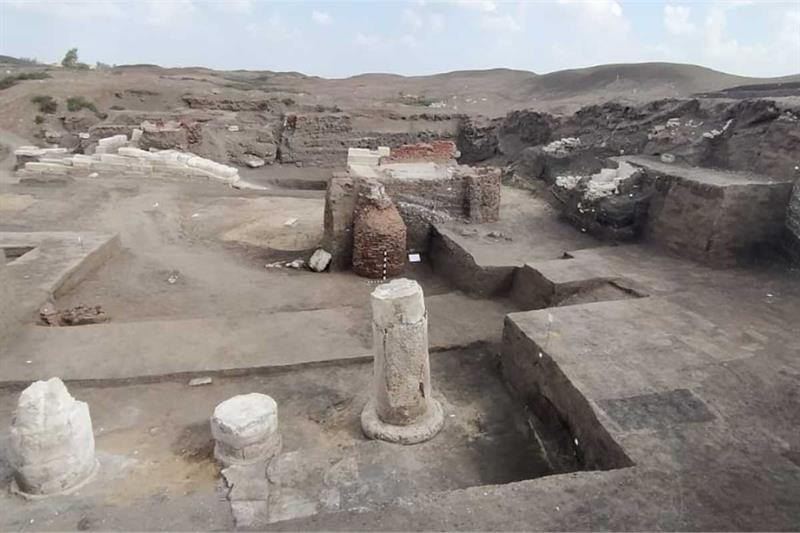
A collection of pots used in religious rituals was unearthed along with decorated stone engravings depicting scenes that date back to the 26th Dynasty Saitie period.
The hall, has three aligned columns in ruins with a probable papyrus on the top – emblematic of the of prevailing art forms in that period – could be associated withe deity Wadjet who is the master of Butu Temple.
The mission also unearthed a limestone relief showing a deity with a bird head wearing a white crown surrounded by feathers – possibly Nekhpet or Mut.
“This is a very important discovery,” said Mostafa Waziri, secretary-general of the Supreme Council of Antiquities.
“It shows a major part of the temple, which sheds light on the original plan of the temple and the architectural design of the surrounding area extending for 11 feddans,” Waziri added.
He noted that the area was surrounded by a huge mud brick wall built during the New Kingdom.
More height was added to the wall during the Saitie period, he explained.
A small limestone shrine, pots, and vessels were also discovered in the temple area.
“The shrine might have been built to preserve small statues sacrificed for the temple,” said Ayman Ashmawi, head of the Ancient Egyptian Antiquities Sector at the Supreme Council of Antiquities, adding that excavations will continue to reveal more secrets of the site.
The mission had earlier uncovered a huge stone building with tools used in religious rituals and a collection of distinguished scenes carved in ivory and inlaid with gold and hieroglyphic engravings.
